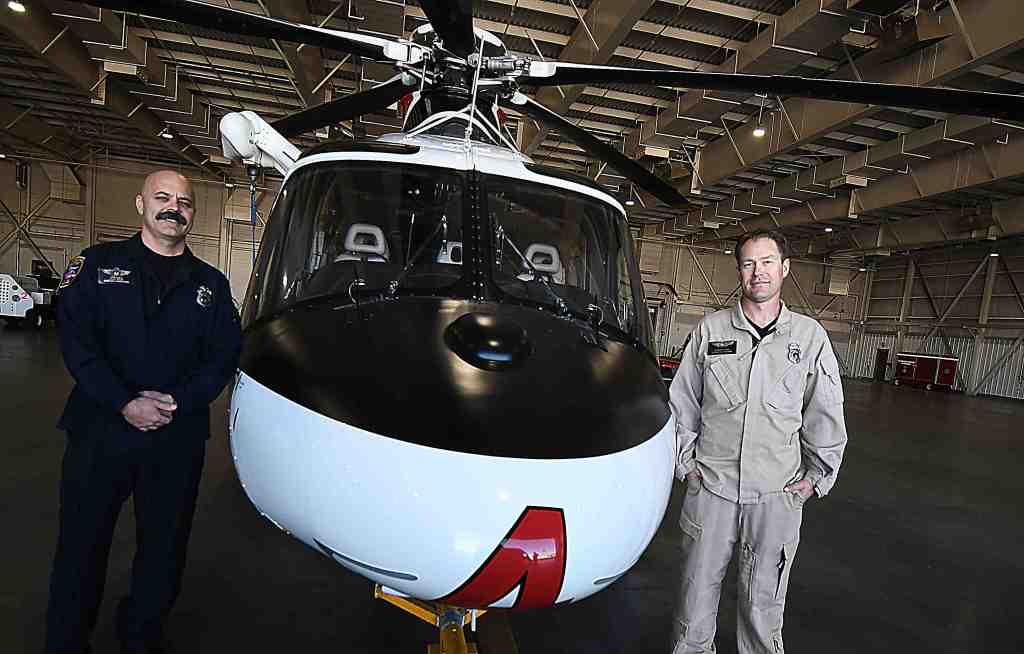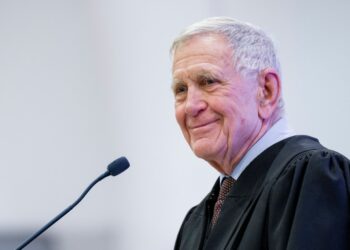Dan Child and a copilot were coordinating aerial efforts to attack the Palisades fire the night of Jan. 7 when the winds became so strong they were struggling just to maintain altitude.
The two pilots realized they were losing 1,500 feet per minute in the nighttime sky and were continuing to get pushed down. The winds were too strong, it was time to call off air support until they subsided. An uncommon windstorm grounding a fleet of helicopters as they tried to extinguish flames to protect homes.
The decision, Child said, was “super difficult…probably one of the harder things I had (to do).”
“We as firemen want to solve the problem and put the fire out,” said Child, chief pilot with the Los Angeles Fire Department’s Air Operations Division. “But the (Federal Aviation Administration) looks at it like, that is a super hazardous attitude and one that gets people in a lot of trouble and accidents. From an aviation standpoint, that’s where you have to start separating it.”
By that point, helicopter pilots had been dropping water on the flames for about nine hours, but were fighting a tough battle against the winds, which spread the fire at an alarming rate, officials said.
The fire eventually grew to 23,448 acres, and by Wednesday had claimed 11 lives while destroying or damaging more than 7,000 structures, according to the latest Cal Fire numbers.
Wind speeds factor in when deciding whether to ground aircraft. For the LAFD, the limitations are usually 40 knots (about 46 mph) with a 20-knot (about 23 mph) gust spread, said Brandon Prince, an LAFD lead pilot. The gust spread is the difference between sustained winds and peak wind gusts.
Near the time the decision was made to ground the helicopters, a wind reading at a nearby water station recorded 66 mph winds with 89 mph gusts. Child still had the screenshot on his phone while speaking at the Air Operations Division’s Van Nuys Airport base Tuesday.
The following morning, the winds decreased enough to…
Read the full article here







